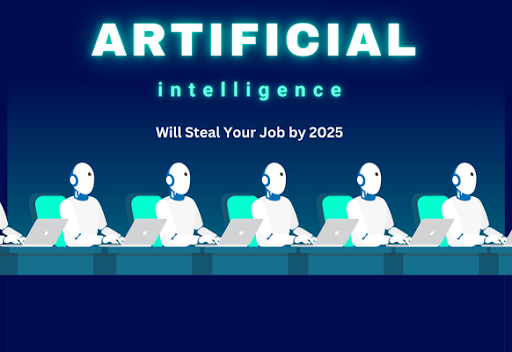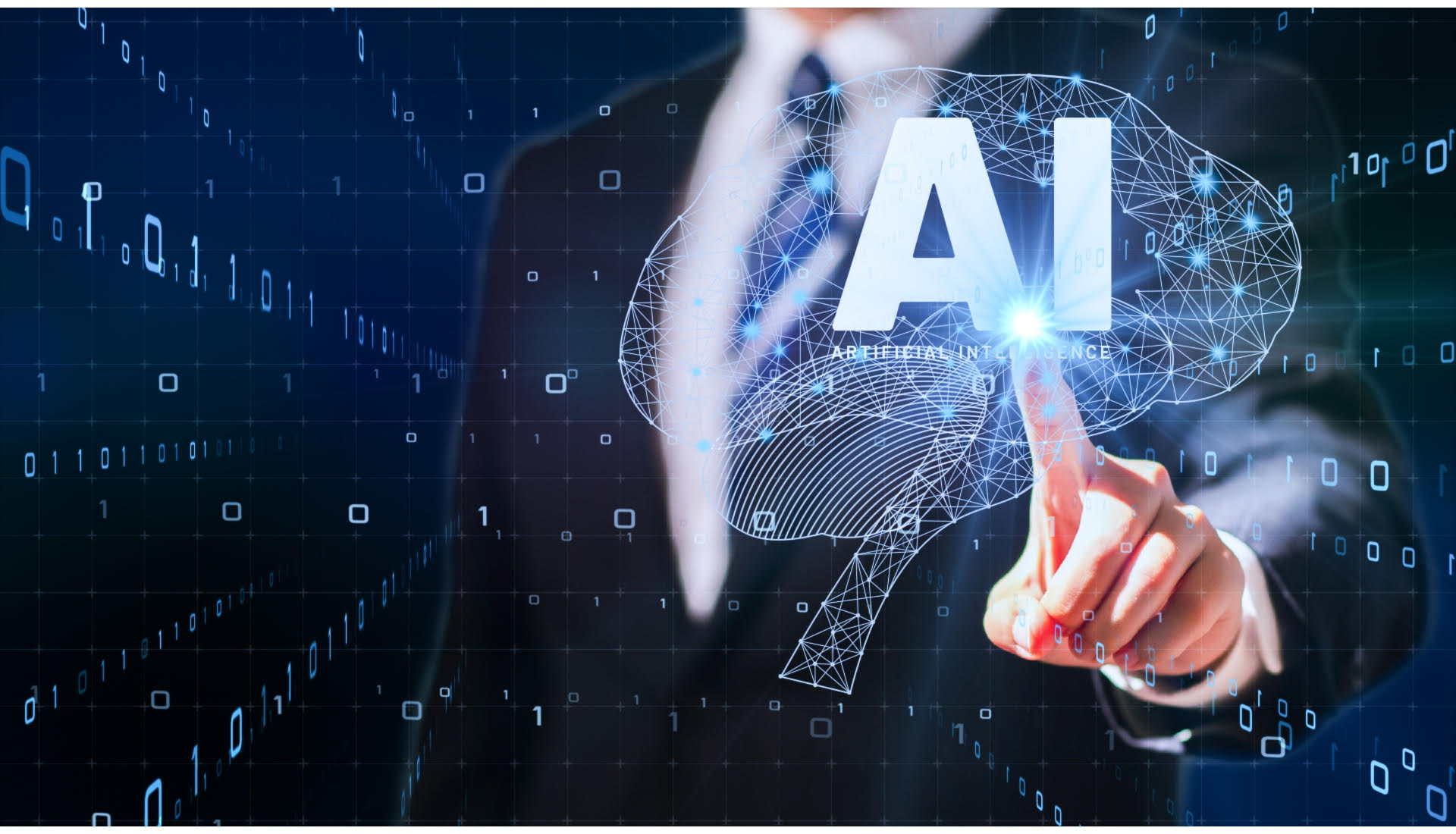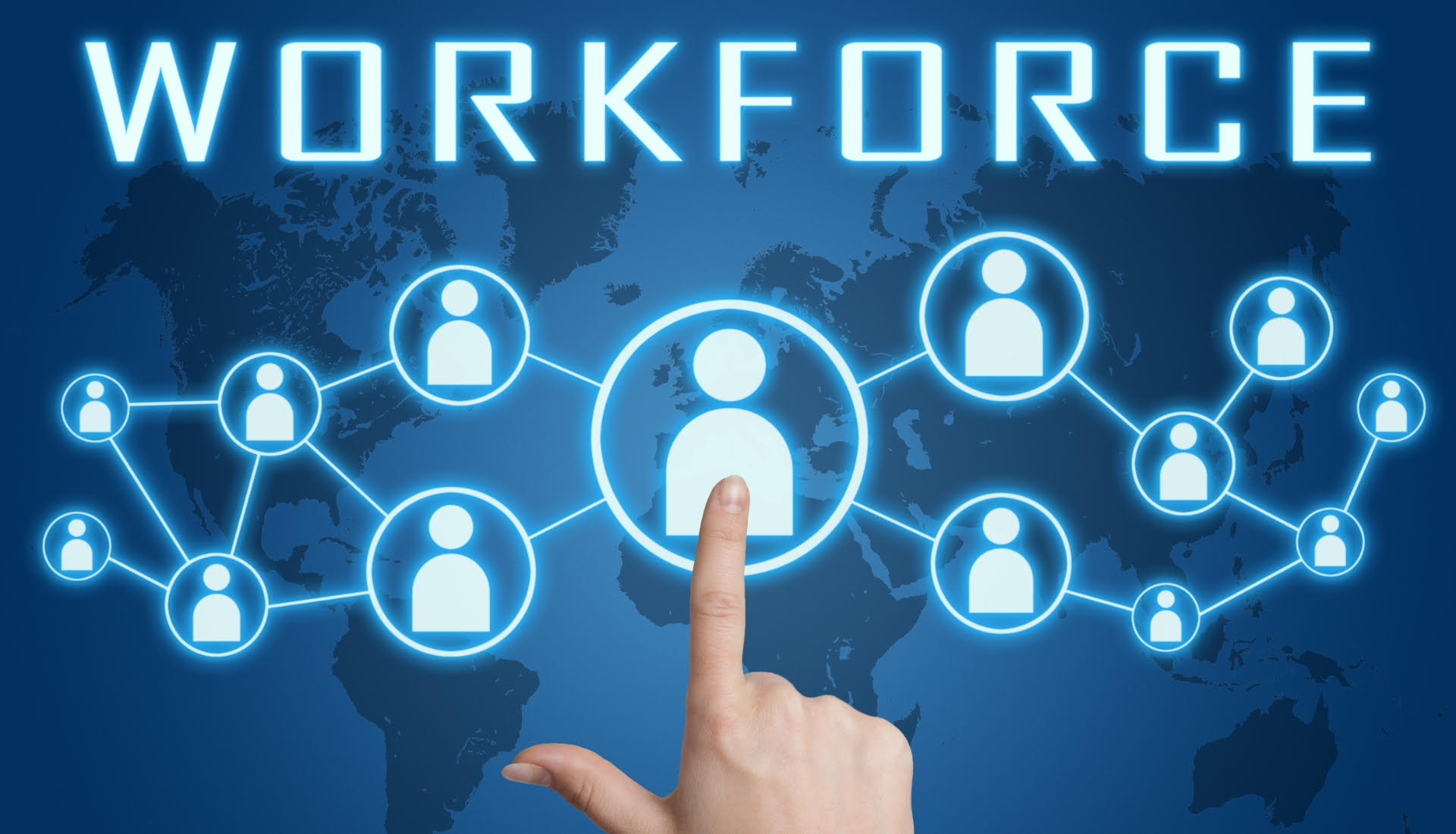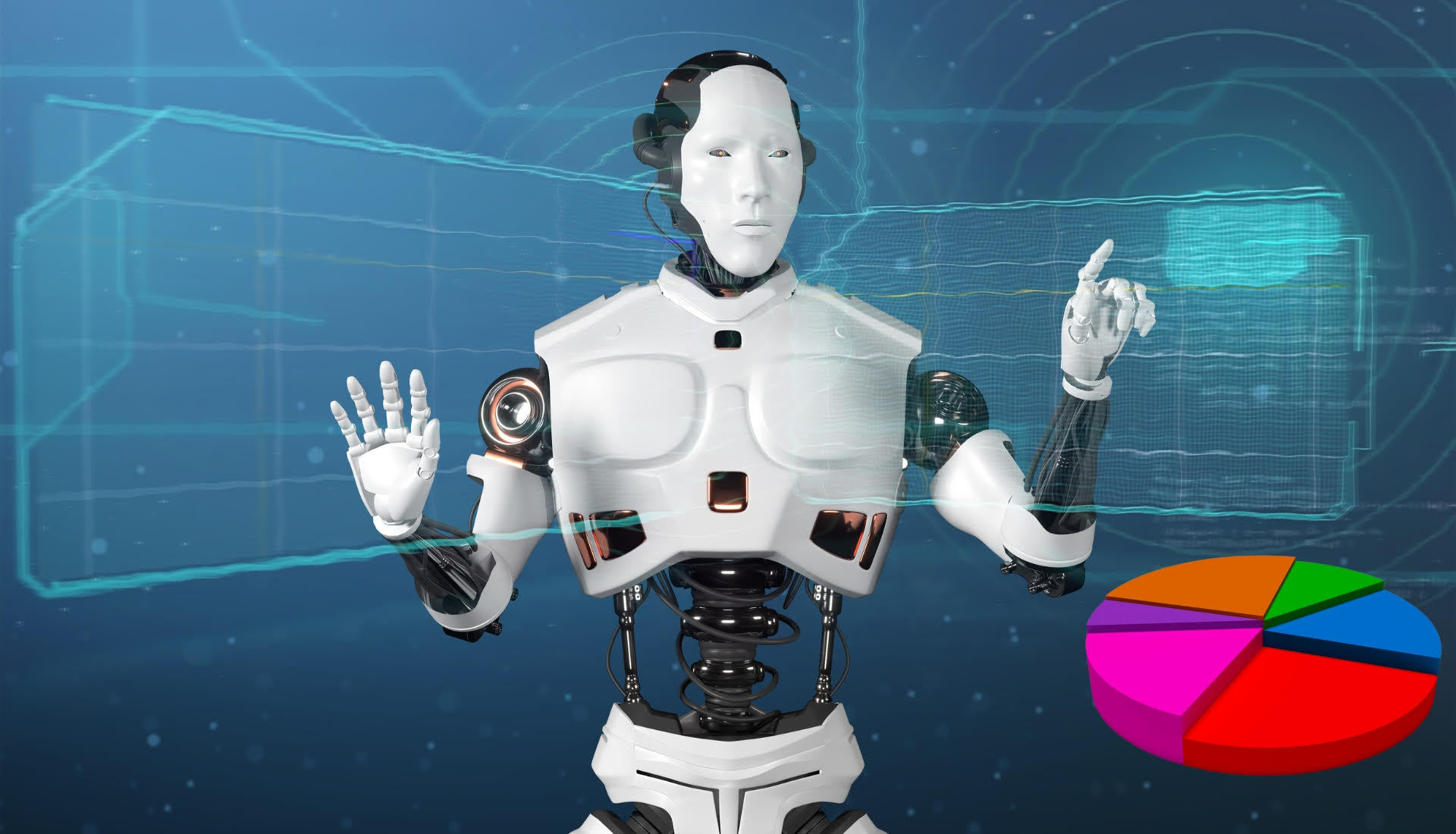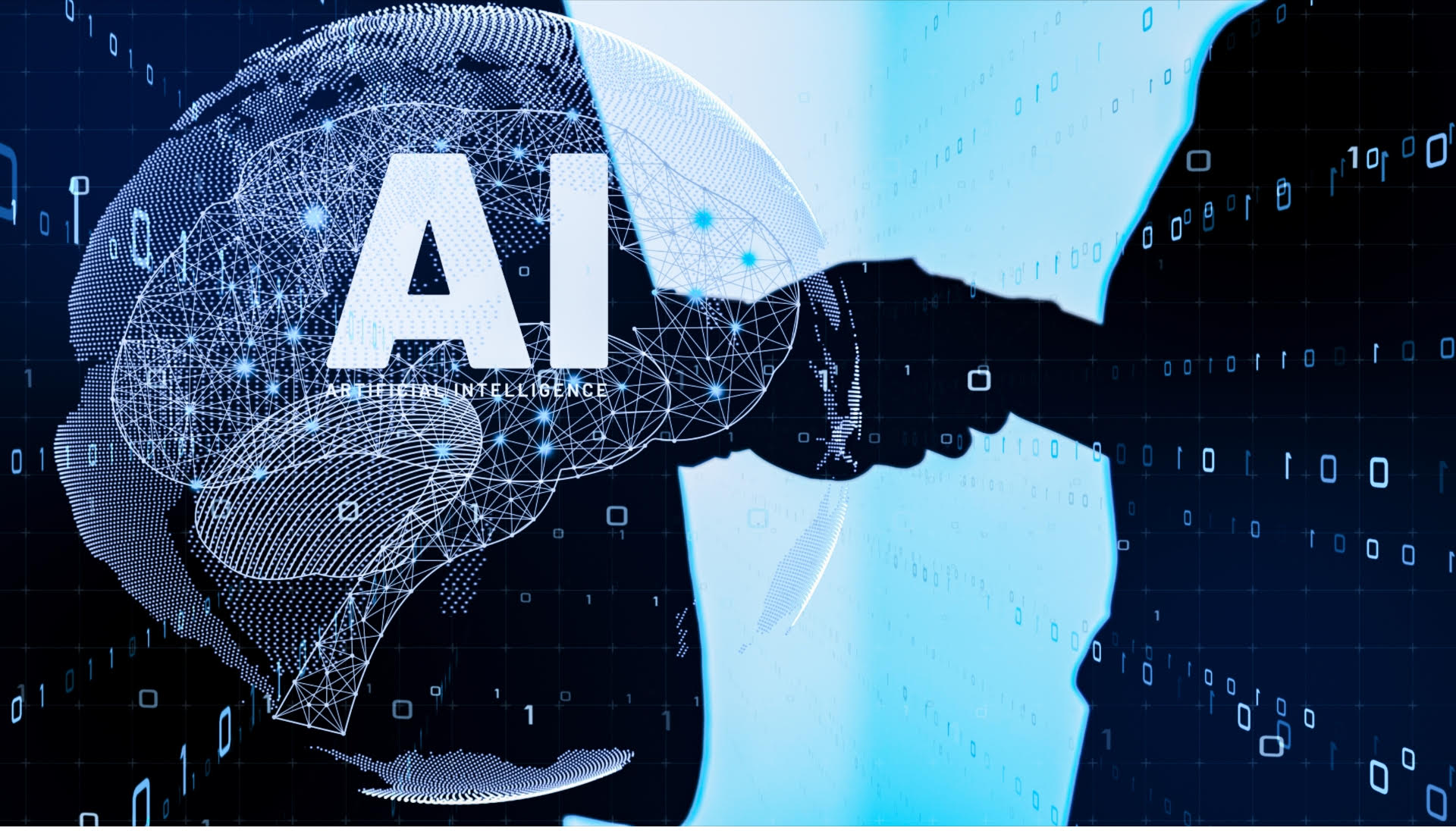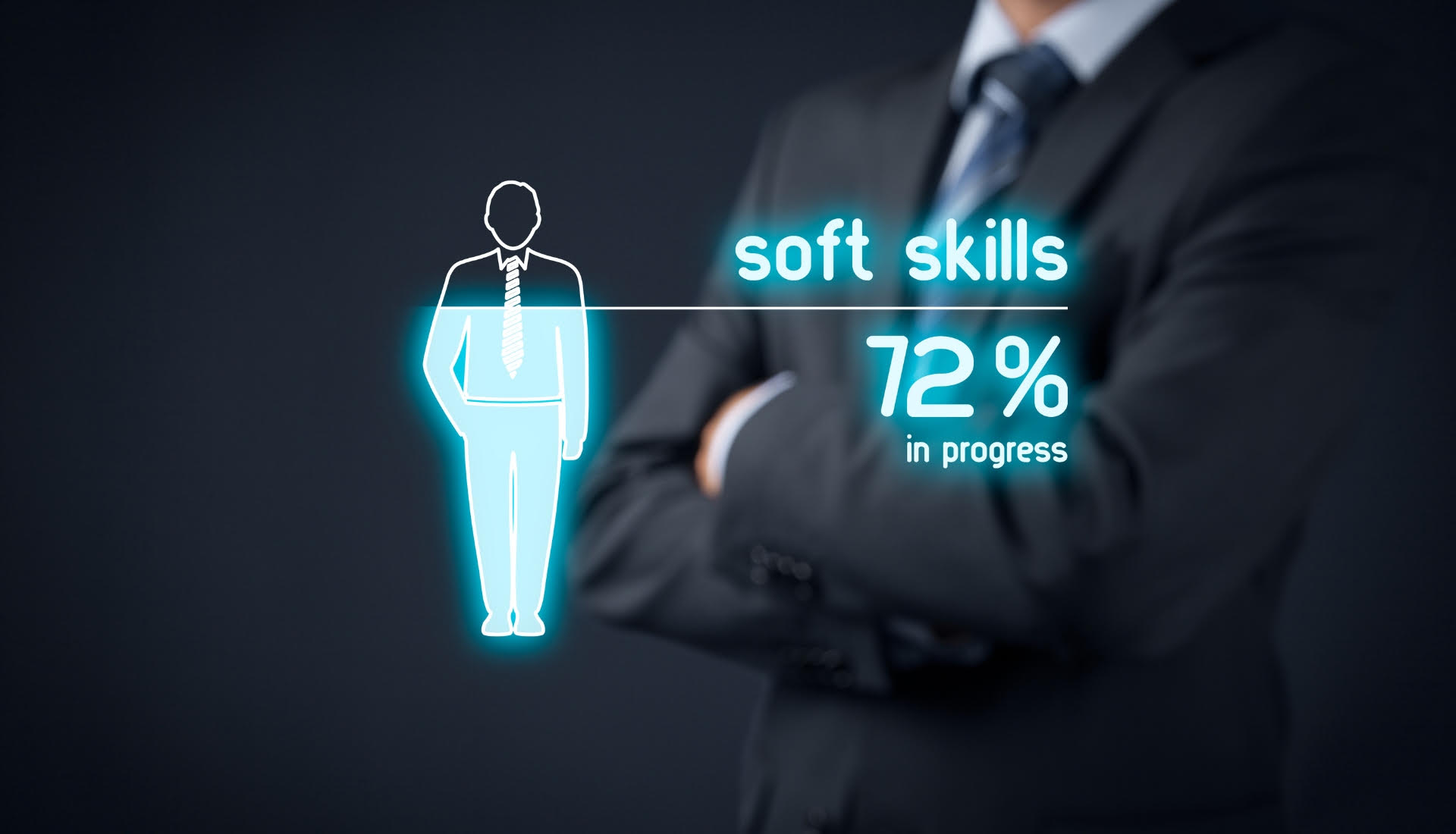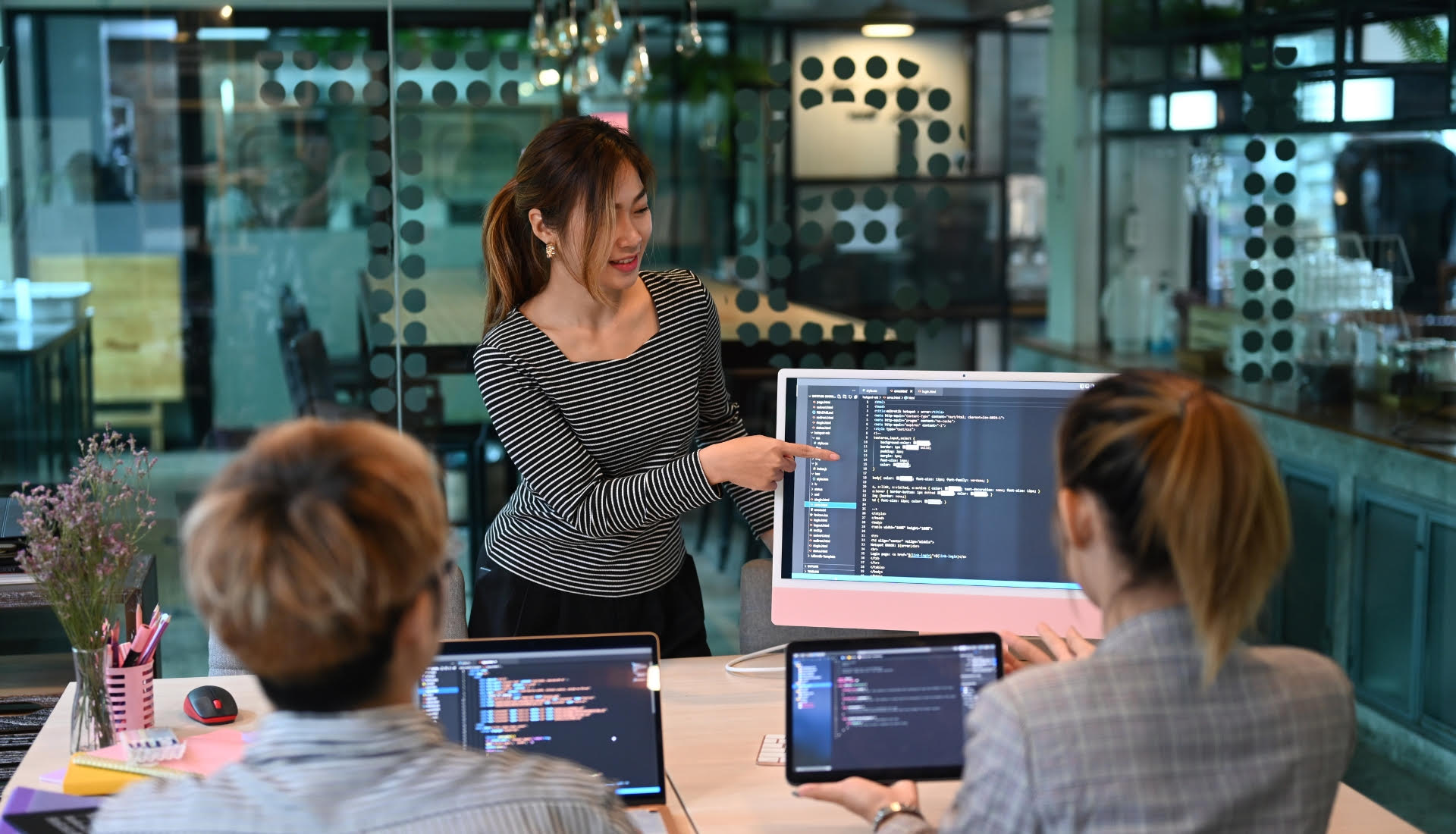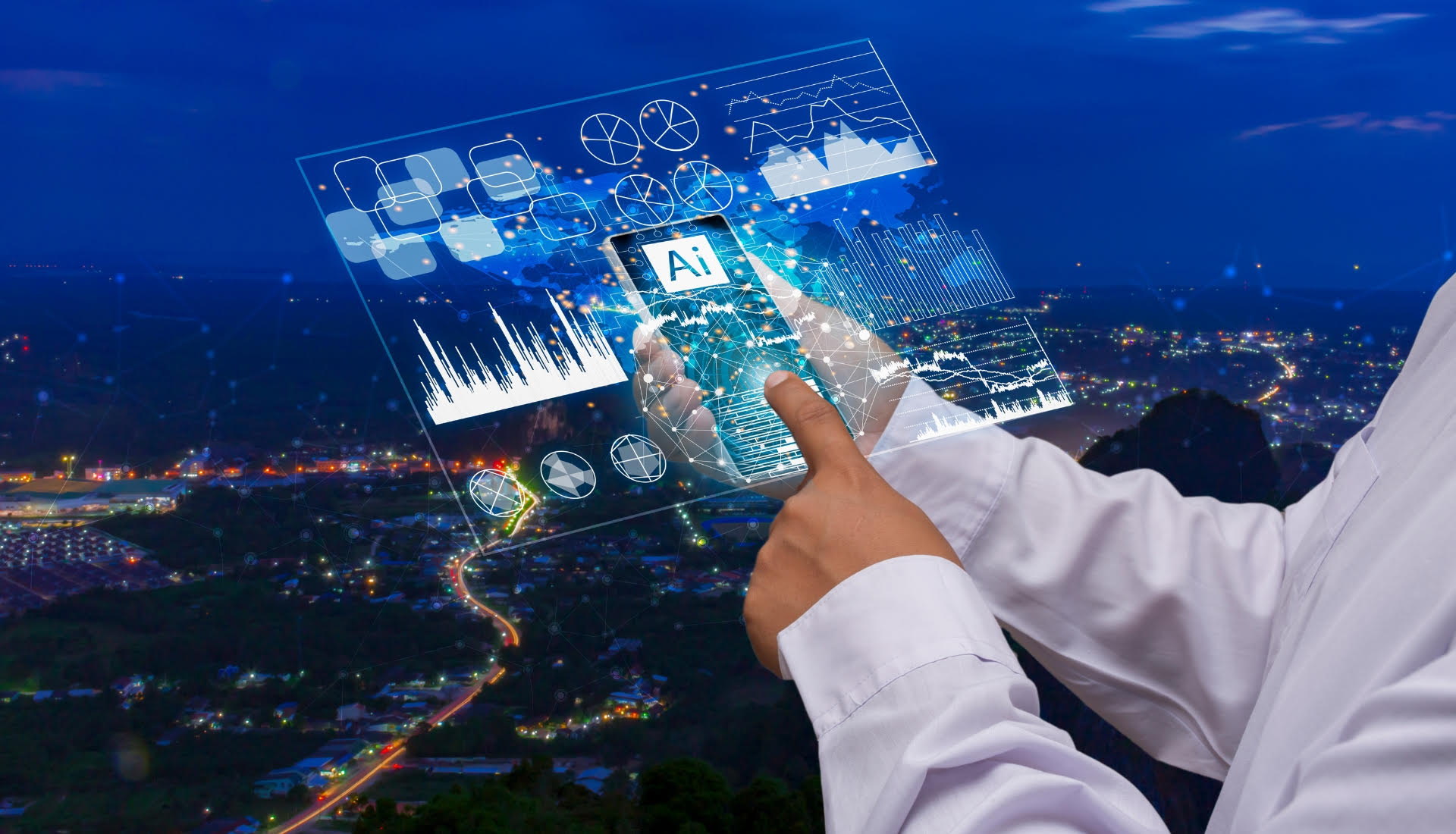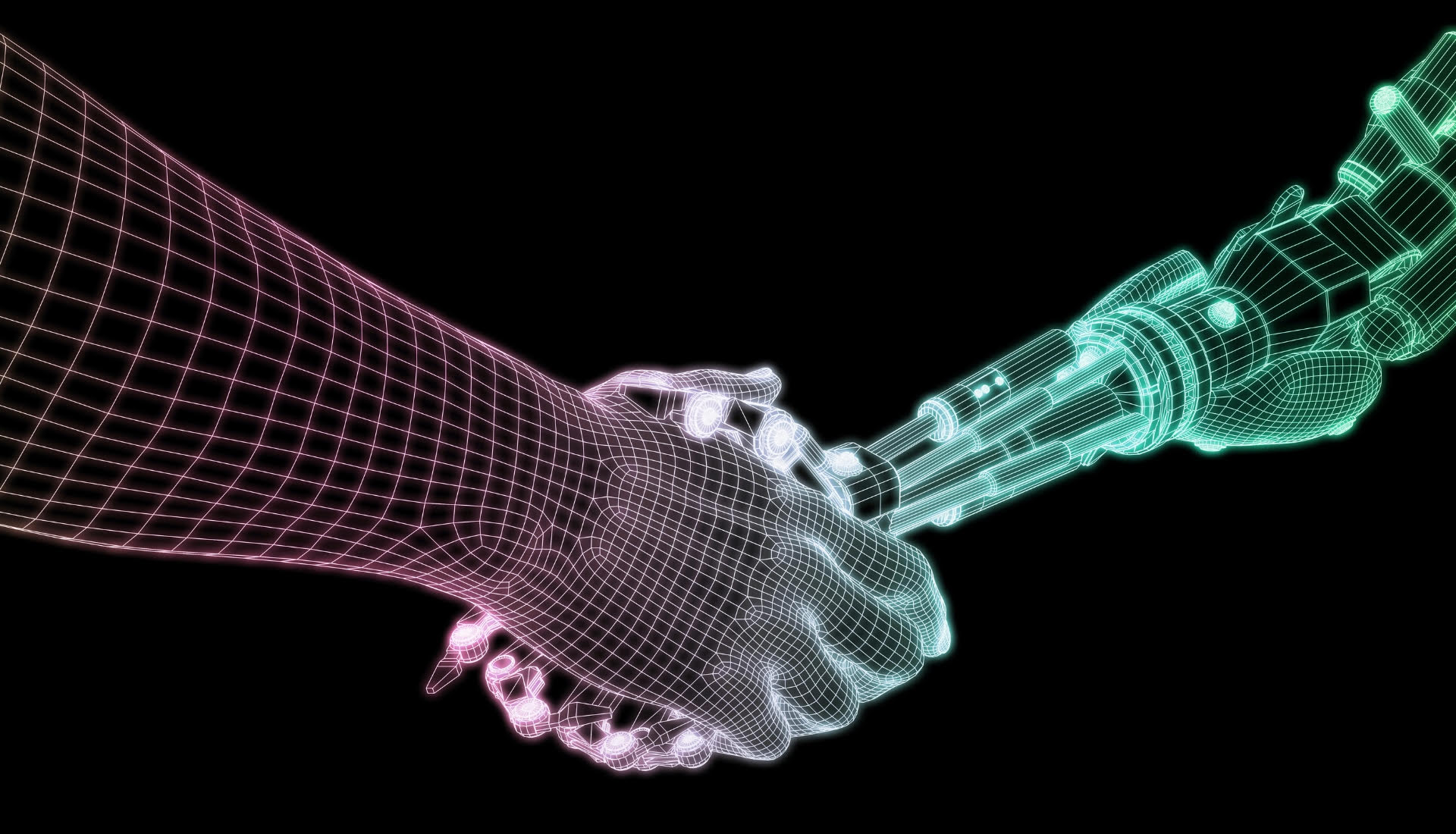Many debates have erupted concerning how artificial intelligence (AI job displacement) development affects future workplace realities since its technology continues to advance quickly. Artificial intelligence has started successfully automating work procedures previously conducted by human operators. Today’s businesses undergo fundamental operational changes because of this technology, which transforms employment practices across all industries.
Expert discussions show that AI Will Steal Your Job by 2025 , thus causing shifts in the job market and economic disorder. AI technology will boost human abilities to develop fresh economic sectors and produce new business potential. Future workforce automation will heavily depend on AI technologies, no matter which position people hold about this development. AI’s impact on employment no longer remains a matter of speculation because job adjustments have become an immediate concern about future timings and specific work areas.
This blog examines different scenarios through which AI technology will steal or replace jobs until 2025. We will explore the high-risk industries along with both the pros and cons of automated systems as well as discuss what measures people and groups need to take ahead of the workforce transition.
Table of Contents
- What is AI?
- How AI is Changing the Workforce
- Jobs Most Likely to be Replaced by AI
- How AI Will Impact Different Sectors
- The Benefits of AI in the Workforce
- The Challenges of AI Replacing Jobs
- How to Prepare for AI Job Displacement
- AI and the Future of Work: A New Economy
- Conclusion
1. What is AI?
Machines, along with software systems which perform intelligence operations that need human intellect, qualify as Artificial Intelligence. The system addresses tasks that consist of reasoning alongside learning along with problem-solving language understanding and visual perception requirements. AI technology appears throughout modern technologies, including virtual assistants (Siri, Alexa), recommendation systems (Netflix, Amazon), and self-driving vehicles, which serve as two examples.
There are two main types of AI:
-
Narrow AI: The system functions to conduct dedicated tasks, which include voice recognition and facial recognition, while being restricted to performing only one function per task. Operation exists strictly within defined parameters because this form of AI cannot exceed its original coding.
-
General AI: General AI exists merely as a theoretical concept although it represents a highly advanced form of AI development. The implementation of general AI enables adaptability to perform any task just like human beings can accomplish different activities.
The workplace benefits from narrow AI implementations because companies utilize it to automate basic work tasks yet this automation diminishes some human employment opportunities.
2. How AI is Changing the Workforce
The technology of AI has established widespread modifications in production sectors and working environments. The automation of human work tasks stands as one major employment effect brought about by AI technology. The manufacturing sector operates machines and robotic assembly units through the implementation of AI systems. In retail, AI powers self-checkout systems and inventory management. Within the healthcare sector, AI capabilities assist physicians in the diagnostic process by handling medical imaging analysis.
The implementation of AI systems has the ability to enhance productivity levels in the workforce. Artificial intelligence executes jobs at a faster pace and with superior accuracy when compared to humans, therefore enabling businesses to accomplish work expediently. Efficiencies and price reductions benefit the business but result in a reduction of human labour requirements.
Artificial intelligence develops entirely new employment opportunities that did not exist previously. Companies operate in need of data scientists who construct and support artificial intelligence systems. The continuing advancement of AI systems will create increased employment opportunities for people trained to work effectively with AI systems for management purposes.
3. Jobs Most Likely to be Replaced by AI
AI has the ability to generate new positions but simultaneously causes the disappearance of present-day roles. Repetitive and routine tasks in jobs face the greatest danger of getting replaced by AI technology. These include:
Manufacturing Jobs:
Modern assembly lines produce products at higher speeds and with greater precision than human operators, which causes manufacturing work shortages.
Customer Service Representatives:
Virtual assistants and chatbots operating with AI technology can manage customer questions while solving problems, providing organizations with a basis to eliminate human staff from customer support roles.
Data Entry Clerks:
AI systems operate efficiently by processing big volumes of data before entering and organizing information, therefore eliminating manual data entry responsibilities.
Transportation Workers:
The transportation industry will experience Innovative changes through self-governing cars and vehicles. The increasing presence of autonomous vehicles creates conditions that could lead to job elimination for truck drivers along with taxi drivers.
Retail Workers:
Many retail operations now use self-checkout systems as well as online shopping to eliminate their need for cashiers and retail staff.
Financial Analysts:
The analytic capacity of AI systems performs financial data analysis and trend detection along with prediction making which are present responsibilities of human financial analysts.
AI systems show the most potential to replace jobs which display high levels of repetition alongside predictability. Professions that demand innovation along with emotional capacity and intricate choice-making skills will probably avoid automation during the upcoming years.
4. How AI Will Impact Different Sectors
The economic sectors are undergoing significant transformation because of AI implementation. AI is expected to bring the most significant effects in these particular sectors:
Healthcare:
AI Transforms healthcare by producing enhanced diagnoses that decrease medical mistakes and execute administrative duties. The combination of artificial intelligence systems examines medical pictures simultaneously with patient records and provides healthcare practitioners with decision support for medical choices.
Finance:
The financial industry implements AI technologies for automatic trading platforms along with detection systems and service provision to customers. AI technologies assist banks and financial institutions in quickly processing their transactions and analyzing markets with better efficiency.
Retail:
The retail industry is undergoing a transformation because AI systems deliver customized shopping services in addition to managing retail inventories autonomously. When shoppers browse online stores, AI systems generate product recommendation,s whereas physical stores implement AI technology to run inventory systems and automatic customer service systems.
Transportation:
The transportation industry faces a total transformation because of self-driving technology developments. AI-powered vehicles will eliminate the necessity of human operators while the technology will manage optimized paths and monitor road patterns for improved road safety standards.
Education:
Accommodative educational systems emerge through AI technology, which offers a specific educational structure that responds to students’ individual learning needs. Through AI tutoring systems, students obtain personalization in feedback and receive learning support, while grade evaluation functions are automated.
Legal Services:
Businesses inside the legal industry utilize AI to review and analyze contracts while conducting legal research and processing documents. The automated procedures enable businesses to shrink expenses, minimize legal costs and accelerate operations.
In each of these sectors, AI technology demonstrates the potential for productivity growth across these business sectors but raises difficulties which mostly result in employment elimination.
5. The Benefits of AI in the Workforce
The increase in AI technologies presents both risks to job positions and multiple advantages that benefit workforce members and general community groups.
Increased Productivity:
AI technology performs routine duties that allow human personnel to dedicate themselves to innovative and sophisticated work assignments. Multiple industries achieve enhanced efficiency levels alongside higher output levels because of this development.
Improved Safety:
AI technology functions as a safety monitoring system that recognizes actual risks in the workplace. The value of AI-powered systems becomes crucial for construction safety because they enable the prevention of work-related accidents.
Better Customer Experiences:
AI enhances client interactions by adjusting services to meet individual requirements, thus creating faster, more reactive customer interactions. The combination of chatbots and virtual assistants delivers nonstop customer services that enhance users’ total satisfaction.
New Job Opportunities:
AI technology will remove existing jobs and simultaneously establish fresh positions in fields that consist of data analysis, machine learning development, and AI maintenance. Professions operating with AI technology will depend on employees who possess advanced core capabilities.
Cost Savings:
Businesses lower operational expenses through automation technologies that improve operations at the same time. Companies achieve higher profits through AI implementation, which allows consumers to purchase products at lower prices.
A successful transition to an AI-operated workforce depends on resolving existing challenges despite all its advantages.
6. The Challenges of AI Replacing Jobs
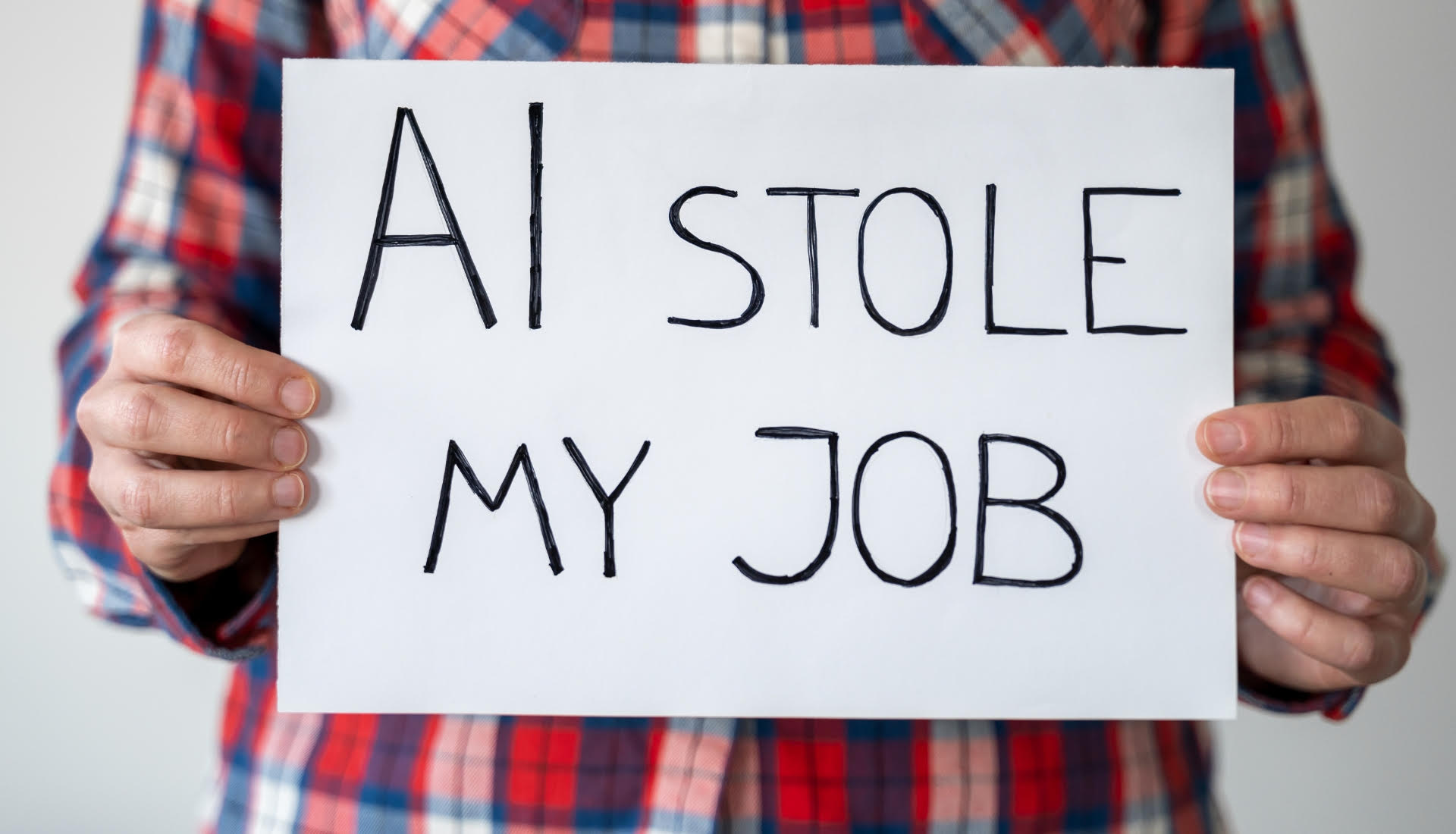
Multiple issues and problems emerge because of AI technology’s capability to replace workers.
Job Loss:
The fastest consequence arising from this development is job termination. Labour force members from highly vulnerable industries face difficulty finding replacement work because they lack the training needed to fill job openings that develop after automation.
Income Inequality:
AI automation progress creates an opportunity for the owners of the technology to control wealth concentration, thus driving increased income disparity throughout society. The general decline in personal income could occur because job automation removes employment options even when workers fail to secure new work opportunities.
Skill Gap:
Advanced technical fields, including programming and data analysis structure, are the most important job positions that AI generates. The workers affected by AI technology lack the appropriate skills to qualify for jobs that emerge from these technological advancements.
-
Ethical Concerns:
The use of AI generates diverse moral challenges that affect privacy protection along with AI program bias and the possibility of workforce replacement. Society requires governments and organizations to tackle these issues in order to direct AI toward advancing societal benefits.
Society, alongside individuals, can establish methods to reduce the adverse effects on employment resulting from AI implementation.
7. How to Prepare for AI Job Displacement
The advancement of AI technology requires workers to carry out selected preparations for upcoming workforce transformations:
Upskilling and Reskilling:
Upskilling: Workers need to develop new skills with high market value, including data analysis programming and machine learning, because those competencies remain sought after in workplaces. Continuous learning throughout life will become mandatory for people who want to remain competitive in finding work.
-
Focus on Creativity and Soft Skills:
Technological tasks that prioritize emotional skills along with complex evaluation and innovative thinking will withstand automation by AI technology. Workers need to build these competencies because they help preserve professional relevance at work.
Stay Informed About AI Developments:
Workers should continuously update their knowledge about the newest AI breakthroughs because these developments affect their business sector. Workers who maintain current information will gain a better ability to understand upcoming changes in their field.
Advocating for Policy Changes:
Governments and organizations should create legislative changes to provide support for workers whose jobs have become obsolete due to AI technologies. Public policymakers should introduce training programs and implement universal basic income alongside equal distribution methods to ensure AI programs generate fair benefits for all citizens.
8. AI and the Future of Work: A New Economy
The advancement of AI technology requires workers to carry out selected preparations for upcoming workforce transformations:
Flexible Work:
Workers need to develop new skills with high market value, including data analysis programming and machine learning, because those competencies remain sought after in the workplace. Continuous learning throughout life will become mandatory for people who want to remain competitive in finding work.
AI-Enhanced Collaboration:
Technological tasks that prioritize emotional skills along with complex evaluation and innovative thinking will withstand automation by AI technology. Workers need to build these competencies because they help preserve professional relevance at work.
A Focus on Creativity:
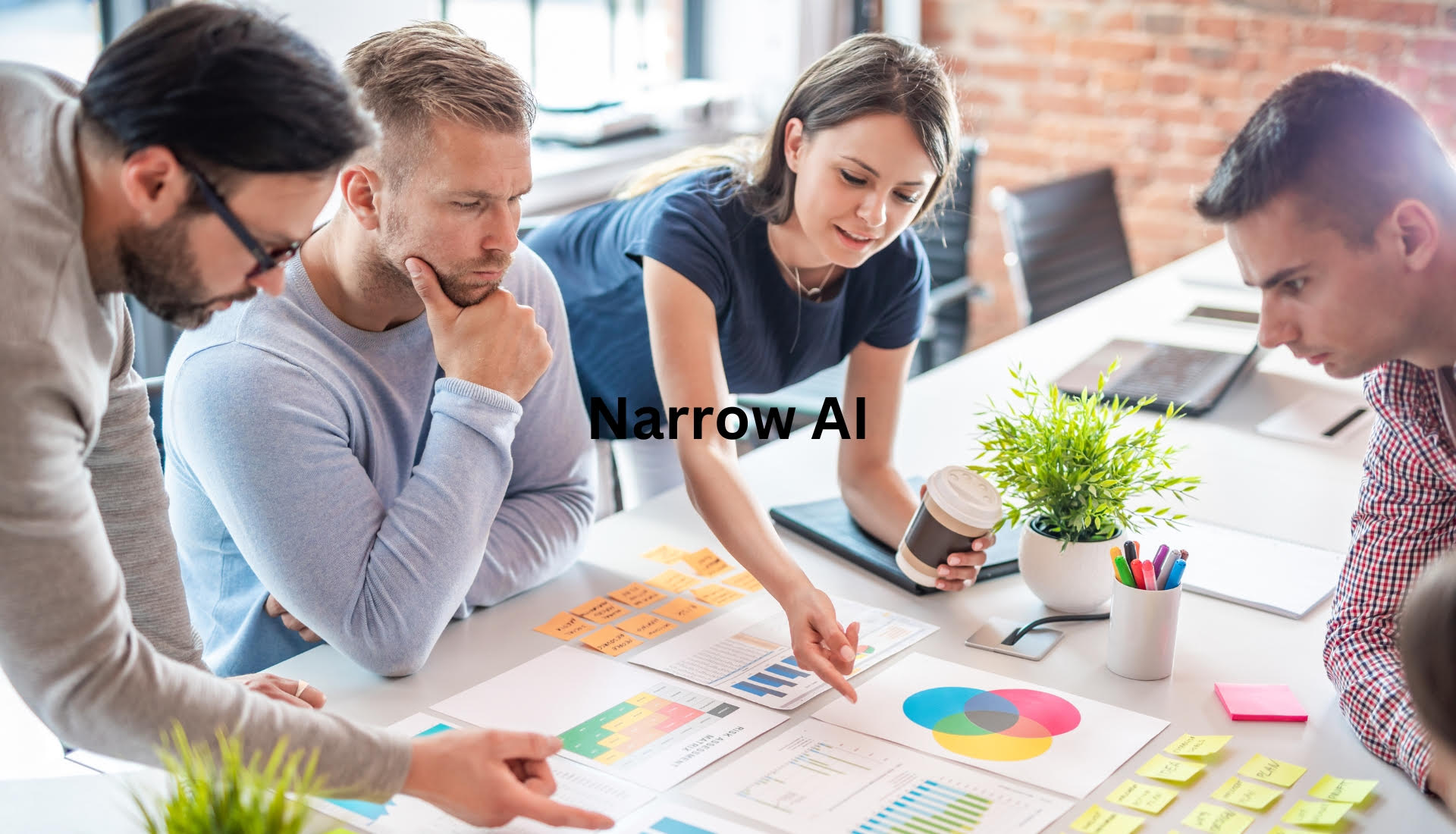
Workers should continuously update their knowledge about the newest AI breakthroughs because these developments affect their business sector. Workers who maintain current information will gain a better ability to understand upcoming changes in their field.
Governments and organizations should create legislative changes to provide support for workers whose jobs have become obsolete due to AI technologies. Public policymakers should introduce training programs and implement universal basic income alongside equal distribution methods to ensure AI programs generate fair benefits for all citizens.
9. Conclusion
Artificial intelligence development will become inevitable in the coming years, resulting in major changes to the labour market by 2025. AI provides multiple advantages to enhance workplace productivity, enhance safety, and create fresh employment chances, but it also addresses critical problems that include job elimination and economic imbalance distribution.
To adapt to emerging changes, workers should enhance their knowledge and master creative abilities with soft competencies while maintaining continuous awareness of AI advancements. Governments, together with organizations, need to establish policy frameworks which provide programs for employees to transition successfully into an updated economic system.
AI functions as a force which reorganizes the workplace not only by elimination but also by generating opportunities for innovative advancements. The transformation needs proper adaptation,l;’ which will generate positive outcomes for everyone regarding AI’s changes. This new work era allows humans to join forces with AI technology to reach substantial outcomes.
